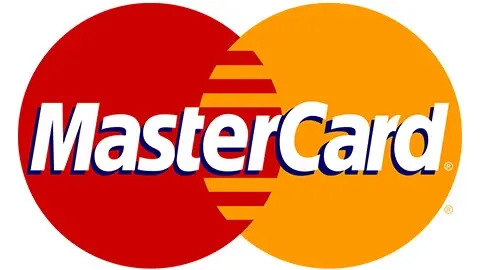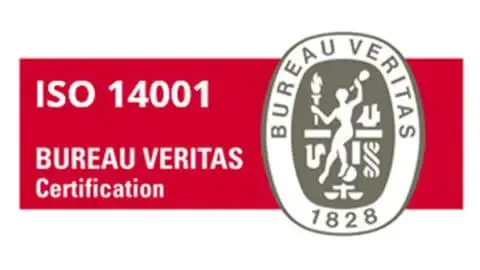August 29, 2023
Tips on improving site speed
1. Optimize image sizes
Large image files can significantly slow down your website. Make sure to optimize your images by resizing them to the appropriate dimensions and compressing them to reduce file size without sacrificing quality. There are numerous tools available online that can help you with this.
2. Minify CSS and JavaScript files
Minification refers to the process of removing unnecessary characters, such as spaces and comments, from CSS and JavaScript files. This can dramatically reduce file size and improve site speed. Use minification tools or plugins to automatically optimize your code.
3. Enable caching
Caching allows repeated visitors to your site to load pages faster by storing a copy of your website files on their device. This reduces the need for the browser to fetch each file from the server, resulting in faster page load times. You can enable caching through your website's caching settings or by using caching plugins.
4. Reduce HTTP requests
Each element on your website, including images, scripts, and stylesheets, requires a separate HTTP request to load. Minimize the number of elements on your pages and combine multiple files into one whenever possible to decrease the number of HTTP requests and improve site speed.
5. Optimize server response time
The time it takes for your server to respond to a request impacts site speed. Optimize your server response time by choosing a reliable hosting provider, using a content delivery network (CDN) to distribute your site's content, and optimizing your database queries.
6. Implement lazy loading
Lazy loading is a technique that delays the loading of non-critical elements, such as images or videos, until they are about to be visible on the screen. This can significantly improve initial load times and reduce data usage for users who don't scroll the entire page.
7. Use a content delivery network (CDN)
A CDN stores copies of your website's files in multiple locations around the world. When someone visits your site, the CDN serves the content from the server nearest to their location, reducing the distance data needs to travel and improving site speed. Consider using a CDN service to boost your website's performance.
8. Remove unnecessary plugins and scripts
Plugins and scripts may add functionality to your website but can also slow it down if they are not optimized or necessary. Regularly audit your site for plugins and scripts that are no longer needed or causing performance issues and remove them to improve site speed.
9. Optimize your code
Writing clean and efficient code can have a significant impact on site speed. Minimize the use of unnecessary code, use CSS and JavaScript libraries wisely, and regularly review and optimize your website's codebase to ensure optimal performance.
10. Test and monitor site speed
Regularly test your website's speed using online tools like Google PageSpeed Insights or GTmetrix. These tools provide detailed reports and suggestions for improving site speed. Additionally, monitor your site's speed and performance using tools like Google Analytics to identify and address any issues promptly.
In conclusion
Improving site speed not only enhances user experience but also positively impacts search engine rankings. By implementing these tips, you can optimize your website's speed and provide a faster and more responsive browsing experience for your visitors.






